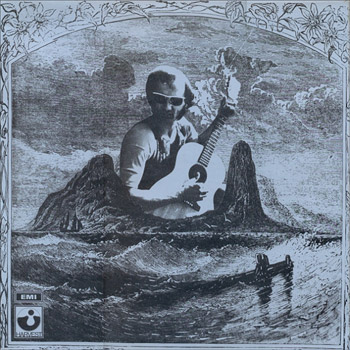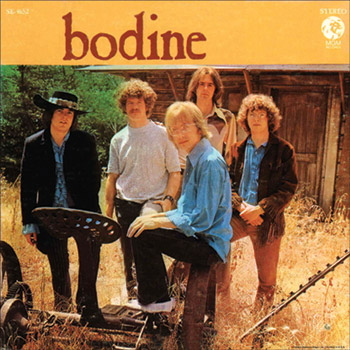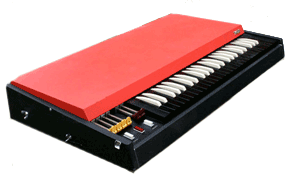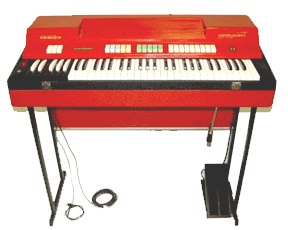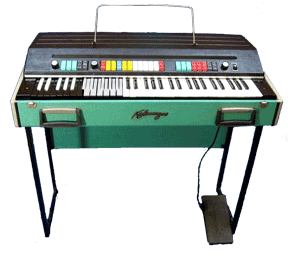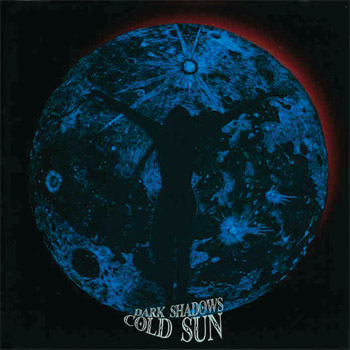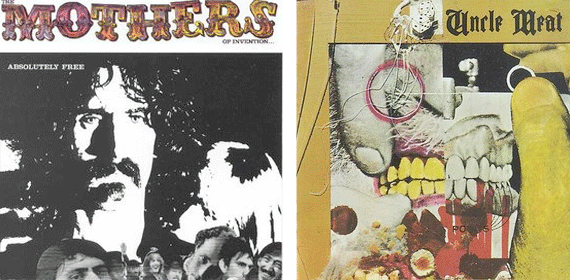The Mystery Meat “Profiles”

The Mystery Meat record was privately pressed by five Illinois college students in 1968. Only around 25 copies, each now fetching upwards of $6K, were made. The extreme rarity, combined with the provocative cover art and the visceral sounds underneath it all have made Profiles a garage LP of legends.
Legendary lost albums are not loved for their rarity alone. The Mystery Meat has a primitive sound as any dirty garage recording and then some, but the quality of the songs shine through as early as your first listen and maintain Profiles’ unique longevity. Soft spoken, innocent vocals and sensitive lyrics contrast frightening drums recorded, it would seem, under a blanket. The muffled rhythm section is really distinct, recorded in the cavernous basement of a school building at Blackburn College, rounded on the high end with fierce Farfisa organ and trebly electric rhythm guitar.
It’s not all about loud scary beat rock, but good, strong songwriting, courtesy of Wayne Joplin, and a tender angle. “Both Have To Pay” and “You Won’t Believe It” stick out for their melancholy sound; the melodies alone seem to convey a love lost. Lead singer Dick Leighninger clearly knew how to put emotion into his vocal, and I can just picture the girl in his mind during these makeshift sessions. “Don’t Take Me” is an exceptionally bizarre ode to death, “Sunshine Makes It” a swirling and slightly experimental piece. The rest make up an album of tunes so great any listener should be surprised. All originals.
“Give Me Your Love”
![]() CD Reissue | 2005 | Shadoks | buy from amazon
CD Reissue | 2005 | Shadoks | buy from amazon ]
